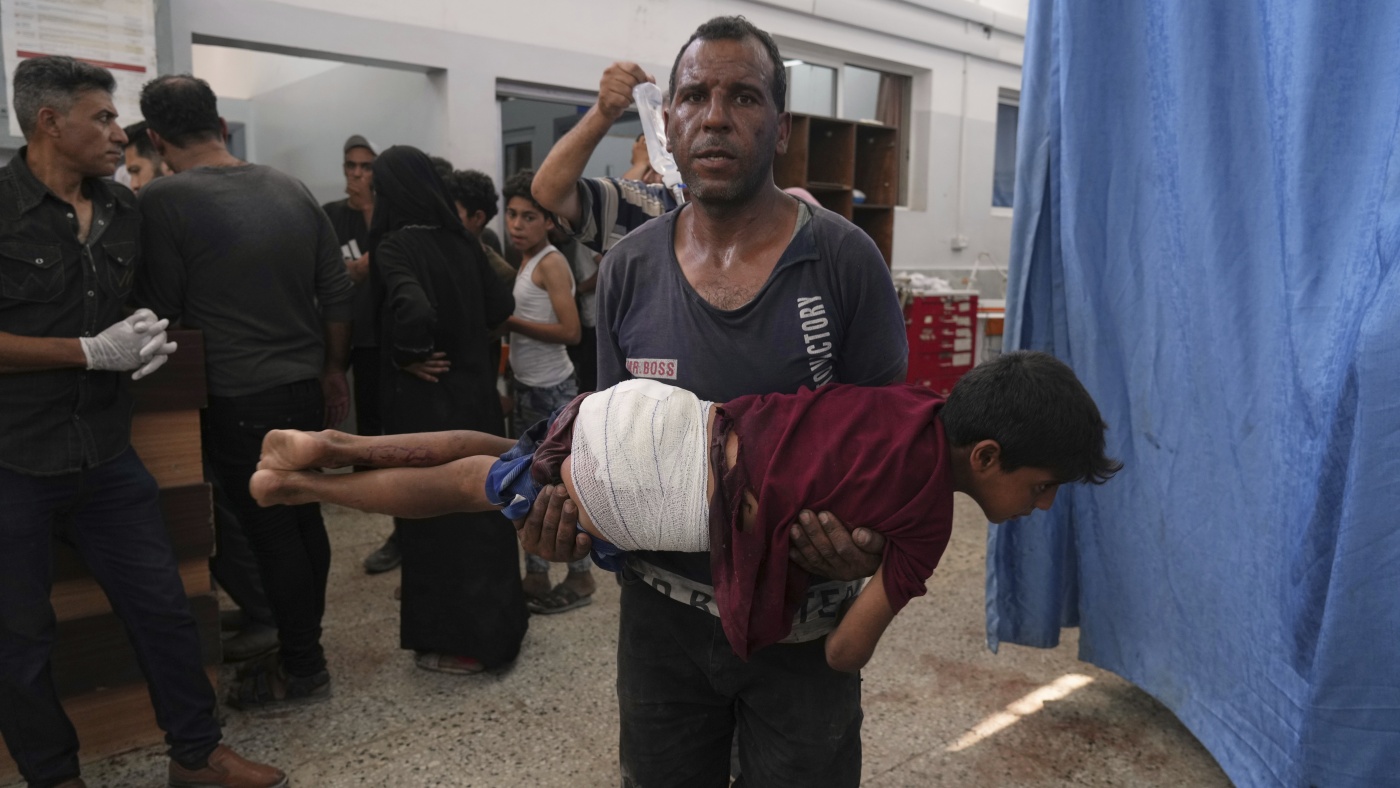The recent deadly events in Gaza, marked by the killing of at least 74 Palestinians, including 30 at a seaside cafe and 23 near aid distribution sites, represent a profoundly tragic escalation in an ongoing conflict. These strikes, reportedly carried out by Israeli forces through airstrikes and gunfire, targeted a location that had become a rare sanctuary for civilians amid 20 months of war. This incident reveals complex layers of humanitarian, strategic, and political challenges that demand careful examination.
The Context of the Attack
The seaside cafe hit in Gaza City held significant symbolic and practical value. It was one of the few businesses still operational despite the extensive and prolonged conflict, serving as a gathering place for residents seeking internet access, a crucial resource for communication and information in a war zone. The attack struck at a civilian venue, where many were reportedly students, activists, journalists, and local residents. The timing and location amplify the impact of the strike—a direct hit on one of the few safe public spaces available.
Simultaneously, reports describe other casualties caused by Israeli forces firing on Palestinians near humanitarian aid distribution points. These areas are critical for survival, as many residents rely on food and medical aid amid the scarcity caused by the conflict and blockade conditions. The loss of life in such places further compounds the humanitarian crisis in Gaza.
Humanitarian Consequences
The death toll of at least 74 people, including dozens of civilians, paints a vivid picture of the immediate human cost of this escalation. The attack on the cafe, a non-military target, highlights the vulnerability of civilians caught in the crossfire. Moreover, firing on people seeking food intensifies suffering and raises urgent concerns about access to humanitarian aid amid military operations.
Hospitals in Gaza, already stretched thin by months of conflict and shortages, face overwhelming challenges managing casualties and treating the wounded. Medical workers and witnesses consistently report scenes of bloodshed and chaos, underscoring the fragile state of healthcare infrastructure in the territory. The lack of medical supplies, electricity, and clean water further exacerbates the crisis, leaving many injured without adequate care.
Strategic and Political Dimensions
From a strategic point of view, Israeli military aims often focus on targeting Hamas operatives and infrastructure. Israeli defense statements suggest that the cafe attack and other strikes target Hamas-linked operatives. However, the occurrence of high civilian casualties indicates either intelligence failures or the unavoidable consequences of urban warfare in densely populated areas.
Politically, this deadly incident adds fuel to the ongoing cycle of violence and retaliation that characterizes the Israeli-Palestinian conflict. Attacks like these provoke international condemnation and shape global perceptions, complicating efforts toward peace or ceasefire negotiations. The incident also stirs emotions within Gaza’s population, potentially strengthening resistance or further destabilizing the region.
Impact on Civilian Life and Social Fabric
The destruction of one of Gaza’s few remaining social hubs, such as a popular cafe with reliable internet access, disrupts the daily lives and mental resilience of residents. Such spaces provide a semblance of normalcy amid the deprivations of conflict, facilitating social cohesion and access to information. Their loss exacerbates isolation and trauma among civilians.
Furthermore, the killing of individuals seeking food aid undermines trust in humanitarian corridors and creates dangerous conditions where civilians may fear approaching aid sites. This jeopardizes the delivery of vital assistance and puts the most vulnerable populations at greater risk. The psychological toll on survivors, including children and families, cannot be overstated, as the constant threat of violence erodes their sense of security and well-being.
International Implications and Response
The incident draws international attention to the ongoing violence in Gaza, raising urgent questions about the protection of civilians during armed conflict. It challenges diplomatic actors to address the escalating humanitarian crisis and consider measures to prevent further loss of life.
The frequent citations of casualty figures from Gaza’s health ministry also highlight the contested narratives and information warfare that accompany military operations. Independent verification in such volatile environments is difficult but critical for understanding the facts and guiding international responses. The international community must demand transparency and accountability to ensure that civilian lives are prioritized in conflict zones.
Toward a Broader Understanding
This tragic attack accentuates the devastating impact of protracted conflict on civilians and the complexities of urban warfare where combatants and non-combatants coexist closely. It underscores the desperate need for effective mechanisms to safeguard innocent lives and enable humanitarian access amid hostilities.
The killing of 74 people, many of them civilians gathered in a cafe or seeking aid, is not just a statistic; it is a stark reminder of the human dimension of geopolitical struggles. Beyond military objectives and political rhetoric, the images of bloodshed evoke the urgency of finding solutions that can break cycles of violence and provide pathways to security, dignity, and peace for the people of Gaza.
Reflective Conclusion: Human Lives Amid Conflict
In the midst of strategic calculations and political agendas, the lives lost in Gaza—students, families, and desperate individuals seeking sustenance—demand acknowledgment beyond the headlines. The attack on a seemingly innocuous seaside cafe and humanitarian crowd reveals the grim reality that war in urban settings inflicts deep scars on the fabric of society.
This incident calls for a renewed global focus on protecting civilians and pushing for meaningful dialogue. Human stories behind the numbers emphasize the profound consequences of failure to shield innocent lives during armed conflicts, underscoring the essential humanity at the heart of every news report. The international community must act decisively to ensure that such tragedies do not become the norm but rather serve as a catalyst for lasting change and peace.











